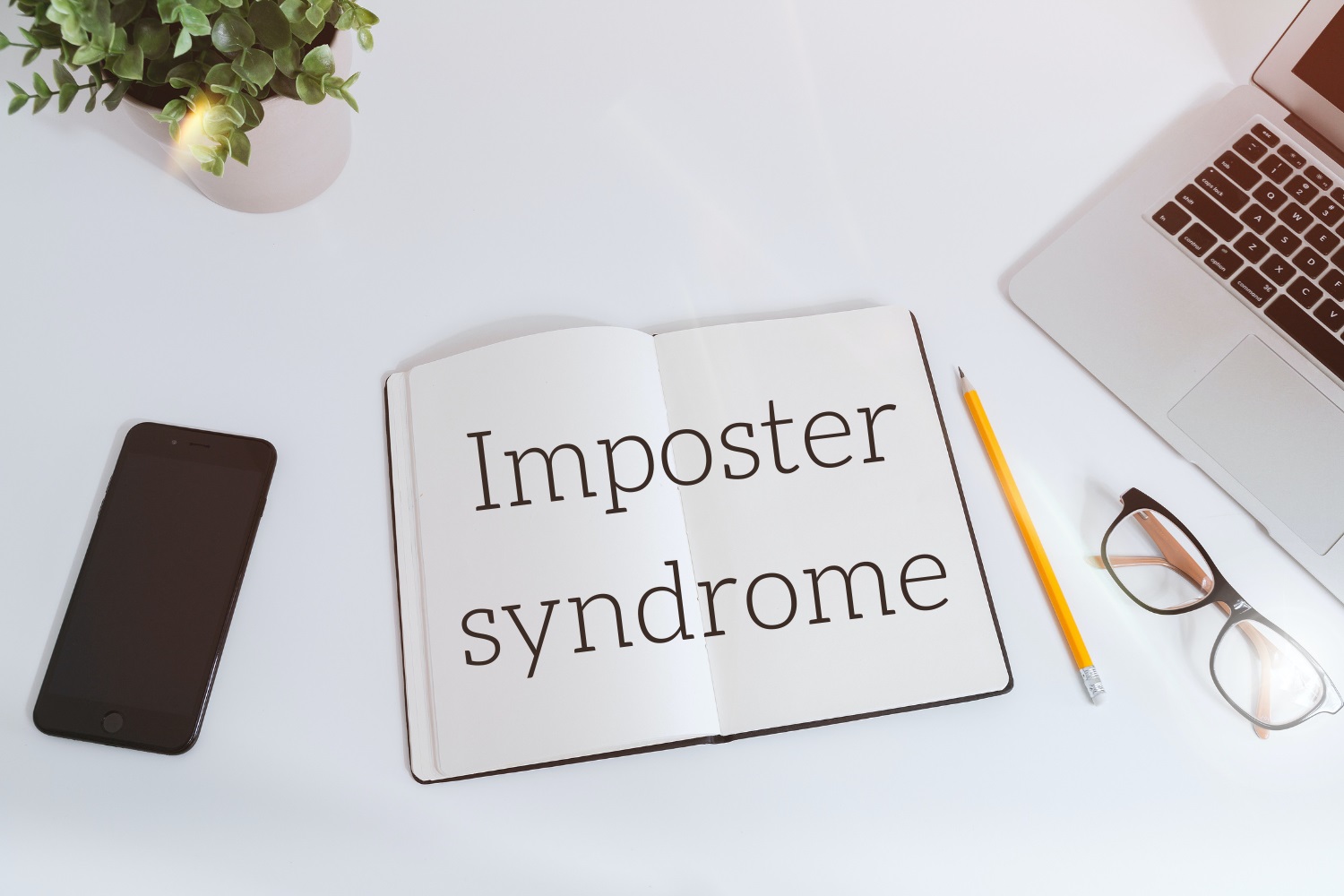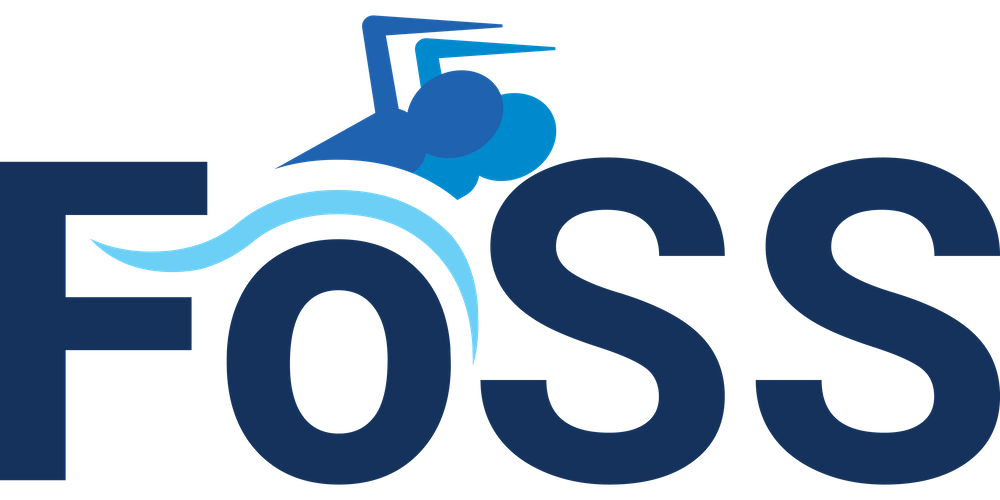In 2007, a year after I left my federal officer career to be a full-time coach, I hired a coach myself, who was known for making six-figures teaching prosperity hacks to entrepreneurs.
She knew I wanted my business to be successful, so she called me out immediately when she noticed I was hyper-focused on image-management rather than following the steps necessary to have a fulfilling practice filled with ideal clients.
Having a flash-website was all the rage back then and I just had to have one, so I kept putting all my attention on getting it “just right” while completely neglecting my coach’s step-by-step method with respect to client-attraction.
“Laurie, just stop it already! For the 500th time, you don’t need a freaking website right now-what you need are paying clients and a full practice! I started my coaching business with just a business card and nothing more. Stop trying to get it all perfect.”
No matter how many times she said this to me, I literally would NOT hear her. My issues: I was attached. Attached with a big fat capital “A”.
Attached to the programming and conditioning I’d received throughout my life to not ask for help and run the risk of looking incompetent. I was raised to always give the impression I was incredibly high-functioning, dependable, and reliable.
The messaging I’d received and came to believe was:
- Appear professional – never be vulnerable.
- Come off like an expert – never ask for help.
- Have a powerful image – be perfect.
In the end, my website got done. The copy was amazing. I got zero leads, no traffic, and it was a total waste of time and money. Did I learn my lesson straight away? Noooooo. It took me many, many, many more years.
Little did I know that underneath all my behaviors of trying to “look the part,” was the deeper issue of Impostor Syndrome.
Imposter Syndrome archetypes
Discovering the five Impostor Syndrome archetypes, and that I was the Soloist type specifically, felt like the skies parted and revealed some secret message to me.
Now, after 20 years in practice primarily working with heart-centered entrepreneurs and creative visionaries, there hasn’t been a client I’ve worked with who hasn’t been battling some form of Impostor Syndrome.
The five Impostor Syndrome archetypes are:
- The Superhero (aka, Superhuman),
- The Perfectionist,
- The Natural Genius,
- The Soloist (aka, Rugged Individualist), and
- The Expert.
As coaches, visionaries, and healers, my clients have a strong moral compass. They want to ensure they’re teaching their principles and methodology accurately for the mental, emotional, and physical safety of their clients. Without realising however, their impostor’s voice is often in the driver’s seat steering them away from having a thriving, abundant and prosperous practice, or from ever truly getting started in the first place.
What I found to be most important in my work with the Impostor Syndrome was to accurately identify the client’s specific archetype and subtype first. A copy/paste, one-size-fits-all approach does not work with Impostor Syndrome recovery. Each archetype must have its own customised recovery roadmap that dispels the myths each archetype has so that the individual suffering from impostor syndrome can awaken and follow the empowered voice instead of continuing to allow their impostor to run the show.
All those years ago, had my coach understood she was dealing with the energetic of my impostor rather than my authentic self, she may have been able to co-create a healing journey with me while helping me reframe as a Soloist. That needing support and asking for it was a very competent and adequate thing to do.
These days, I can feel when my impostor is still trying to jump in the driver’s seat. I talk to her and ask what’s underneath her fear. I suggest to her that she get in the passenger seat, let me do the driving while we talk, and I ask her to enjoy the ride.





